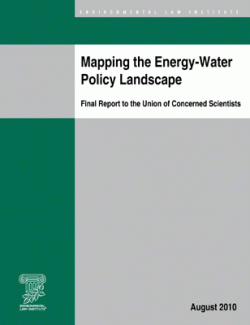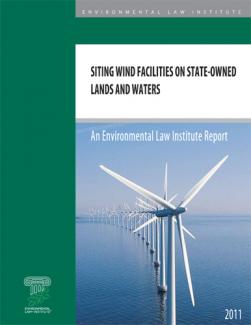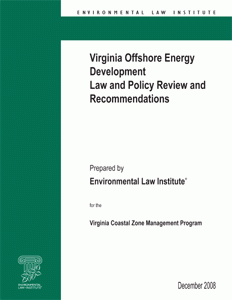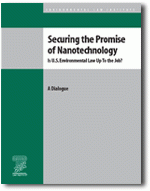Mapping the Energy-Water Policy Landscape

This publication identifies the laws and policies that affect water use in the energy sector within the United States. Water quality and quantity are integral to many energy production activities. Most thermoelectric power generation plants require substantial amounts of water for steam generation and cooling, while disposal of combustion byproducts raises issues of water quality. Likewise, the extraction of oil and natural gas using enhanced recovery techniques, and handling of injected and produced water, raise state and federal concerns for oil, gas, and geothermal energy production.



